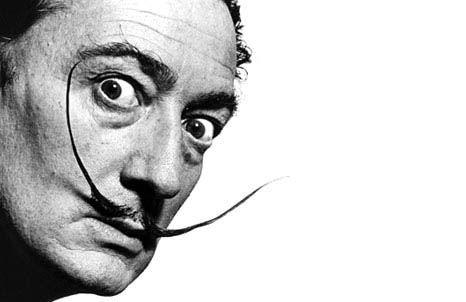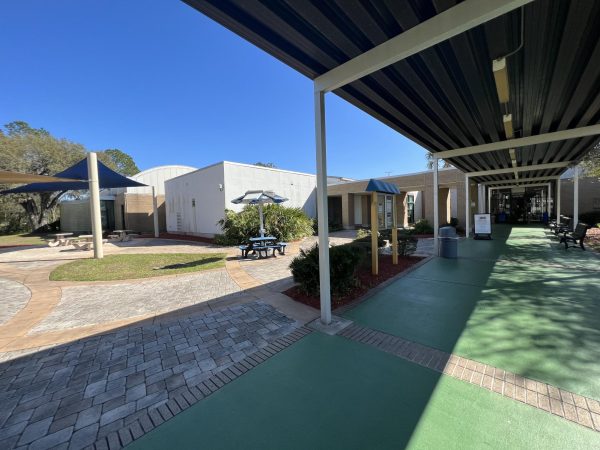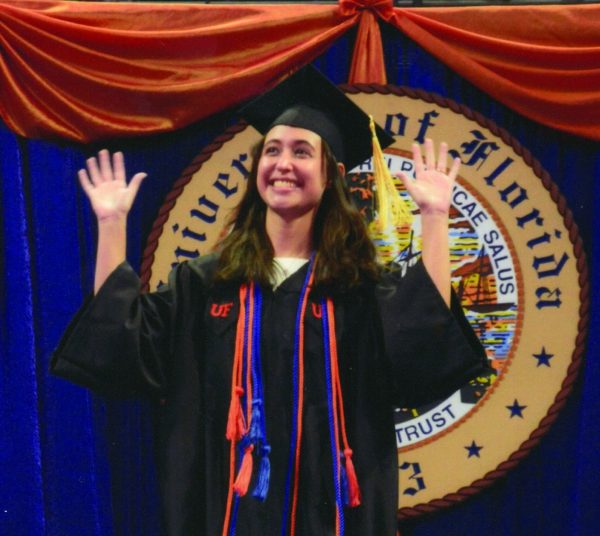Surreal exhibit makes a definitive impression
The Dali Museum recently held an exhibit for HCC students, showcasing the art of Salvador Dali and his prolific impact on the world, and how he changed the way we look at art today. Sandy Woodworth would be what most would refer to as a curator, but to her, she is a self-proclaimed “docent,” a Latin term meaning to teach. She focused on the persona of Salvador Dali, his life, work, and The Dali museum in St. Petersburg. Woodworth was there to “talk about Dali, not an art history lesson. That’s the fastest way to put people to sleep,” she says this while also sporting a hat that was a loaf of bread. Some might call that high fashion.
The docent gave the audience a presentation on the four periods of Dali’s art. In Dali’s formative years, he displayed depth and dimension of color at an incredibly young age, something that traditionally takes years to develop as an artist. In 1927-28, Dali underwent a transitional period where he expressed intense, sexual imagery in his work. The girl with curls, 1928, was showcased to display the “beautiful gentle erotica” that Dali slowly started to incorporate into his paintings, something that becomes incredibly more prevalent in his later, surrealist years, according to Woodworth. “He loved harmony, but he also loved disorder,” Woodworth says. This was also a time when Sigmund Freud described surrealists as insane people, but Dali just a typical Spaniard, in his opinion. Dali’s classical period beginning in the 1930s shows paintings which are mathematically balanced, and with “scope and color that will take your breath away,” as Woodworth says on “The Disintegration of the Persistence of Memory” 1952–54. Salvador Dali had deep interests in science and mathematics, an interest that would later have an influence on the design of the Dali Museum.
The Morses family devoted their entire life to collecting over 1200 of Dali’s paintings, with the added legal stipulation that upon their death or sale of paintings, the entire collection must remain together. In short, that has how the Dali Museum came into existence (because of the impossibility of any painting being sold individually). The Dali Museum was influenced profoundly by Dali and his painting style and interests. There is a mathematical garden to show the relationship between math and nature, a helical staircase in homage of Dali and his obsession with spirals and the double helical shape of the DNA molecule. The museum is “a place for scholars, artists and architects,” Woodworth said. The museum invites you into the mind of Salvador Dali.
Nov. 8 through Feb. 16, The Dali museum is hosting the first ever exhibit of Picasso and Dali paintings. This will be the first exhibit in history that will allow for a direct comparison between the two iconic artists who first met in the jazz age of Paris, and later had profound influences on each other.

Jacob McCaskey is a native of Tampa, Florida. He is currently a student at Hillsborough Community College pursuing his Associates in Journalism. After...











